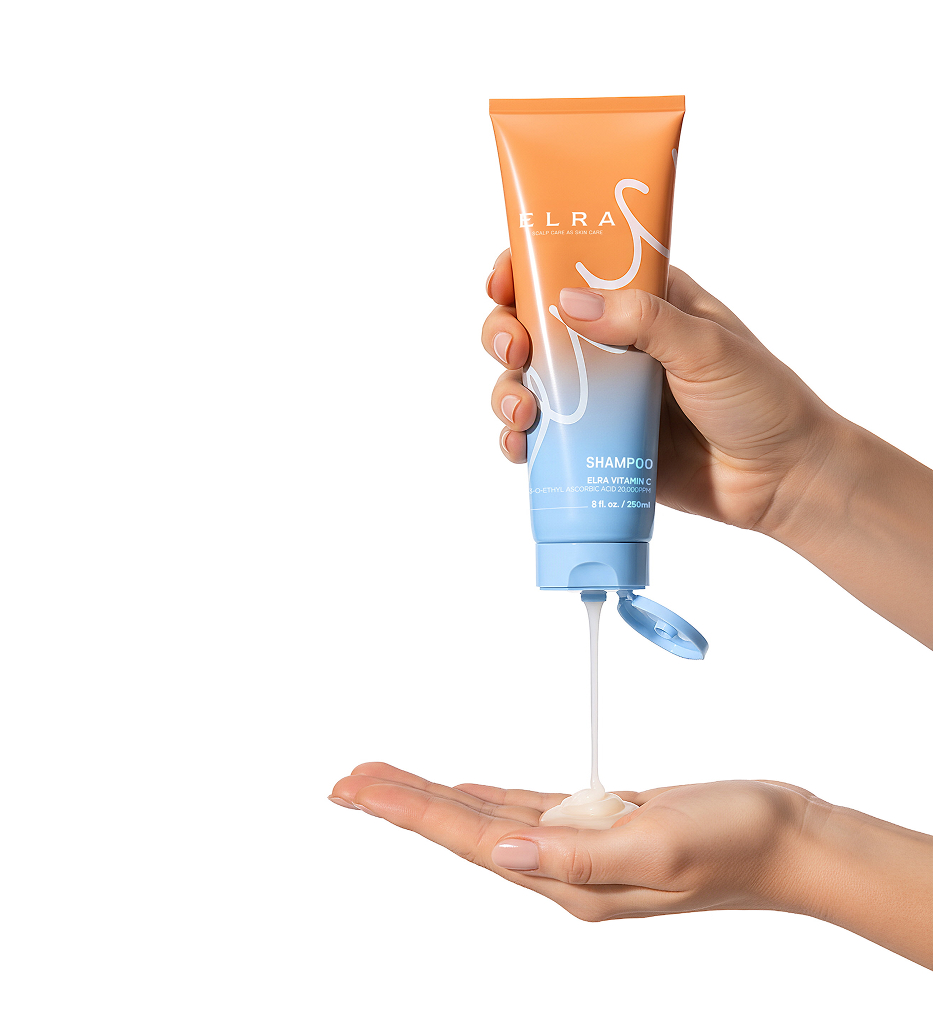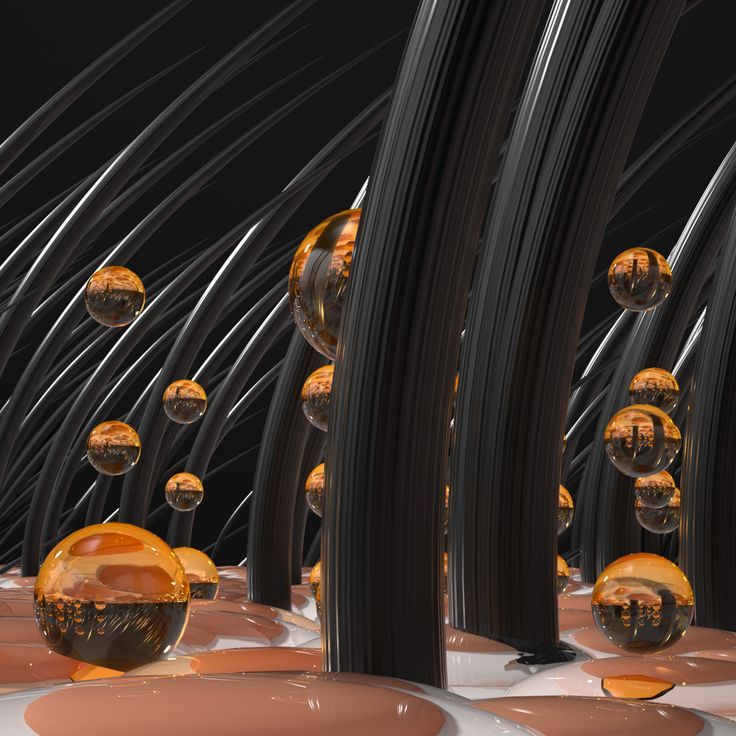Long ago, sailors navigating the rough seas had a fear greater than any uncharted continent. It was a dreadful disease that caused bleeding gums, prevented wounds from healing, and drained the body of all strength, leading to death: scurvy. It took a long time to discover that the cause of this disaster, which claimed countless lives, was a deficiency of an unknown “anti-scorbutic factor” found in fresh fruits and vegetables. The molecule of life, later isolated by Albert Szent-Györgyi, is what we now know as Vitamin C, or ascorbic acid. Thus, the story of Vitamin C began with its role as a navigator that saved human lives, but in the modern era, it has moved its stage to the skin, being reborn as its most brilliant “guardian deity.”
The fact that Vitamin C is the “architect” that supports the skin’s structure can be inferred from the symptoms of scurvy. The reason the blood vessels of scurvy patients ruptured and their wounds failed to heal was due to the collapse of collagen, which makes up one-third of the protein in our bodies. Vitamin C is an indispensable core cofactor in the process of synthesizing this very collagen. The skin’s dermal layer is composed of over 70% collagen, which acts like the steel framework that maintains the skin’s form and provides its elasticity. When Vitamin C is deficient, new collagen cannot be formed, causing the skin to lose its strength and sag, revealing the signs of aging such as wrinkles and loss of firmness. Conversely, supplying Vitamin C to the skin is an act of constantly repairing and rebuilding this robust structure, laying the foundation for youthful, firm skin that does not easily collapse over time.

Furthermore, Vitamin C performs the role of a “guardian,” protecting us from the countless external aggressors that threaten modern skin. The UV rays, fine dust, and stress we face daily create unstable oxygen molecules in our skin called “free radicals.” These indiscriminately attack healthy cells, damaging DNA, destroying collagen, and triggering inflammation, thereby accelerating skin aging. Vitamin C is one of the most powerful antioxidants, willingly donating its own electrons to stabilize and neutralize these free radicals. The act of applying a Vitamin C product each morning is akin to equipping the skin with a sturdy shield against these invisible attacks. This shield holistically protects the skin, slowing the pace of aging and preserving its healthy vitality.
Finally, Vitamin C is an “artist” that refines the canvas of a dull and uneven complexion into one that is clear and uniform. Pigmentation issues like melasma, freckles, and dark spots are the result of the skin overproducing melanin pigment to protect itself from stimuli like UV rays. Vitamin C inhibits the activity of “tyrosinase,” the key enzyme in the factory that produces melanin. By slowing down the factory’s operation, it reduces unnecessary pigment production and also works to lighten existing melanin by reducing it. This is a fundamental brightening solution that goes beyond merely erasing spots, restoring the skin’s inherent clear and transparent glow.
Of course, even this great guardian has its weaknesses. Pure Vitamin C is limited by its instability, as it is easily destroyed by light and air, and it is not readily absorbed by the skin. However, humanity continues to conduct research to solve these problems, developing stabilized derivatives like Ethyl Vitamin C. The small molecule that saved the lives of sailors in the Age of Discovery now stands by our side as the most trusted partner in preserving the youth of our skin, aided by the power of science. The story of Vitamin C is a grand expedition in itself—a journey from the past to the present, and into the future, in pursuit of human health and beauty.



